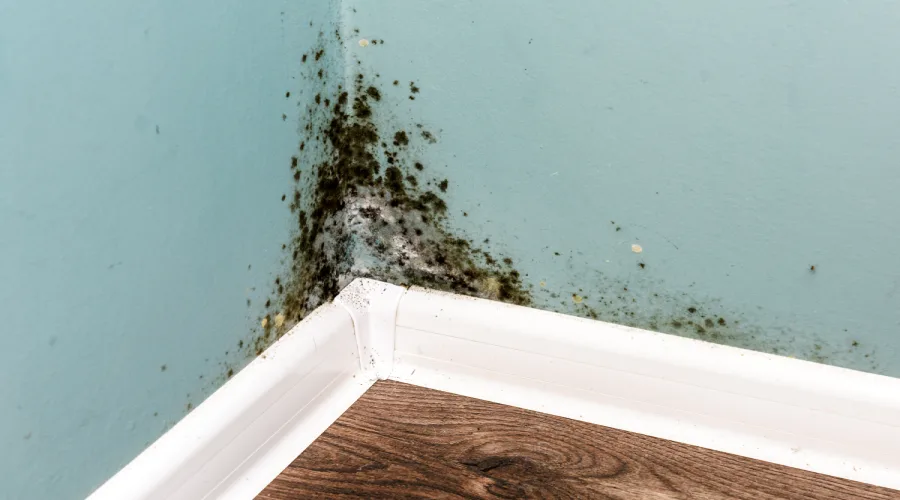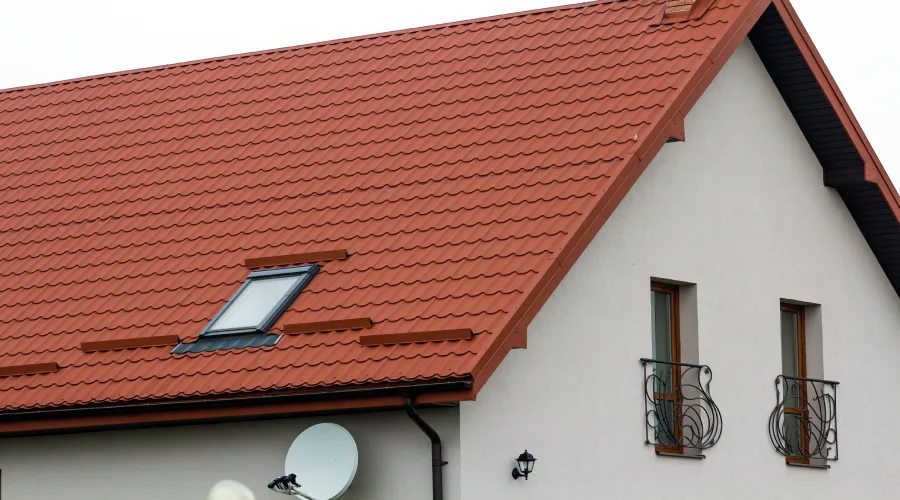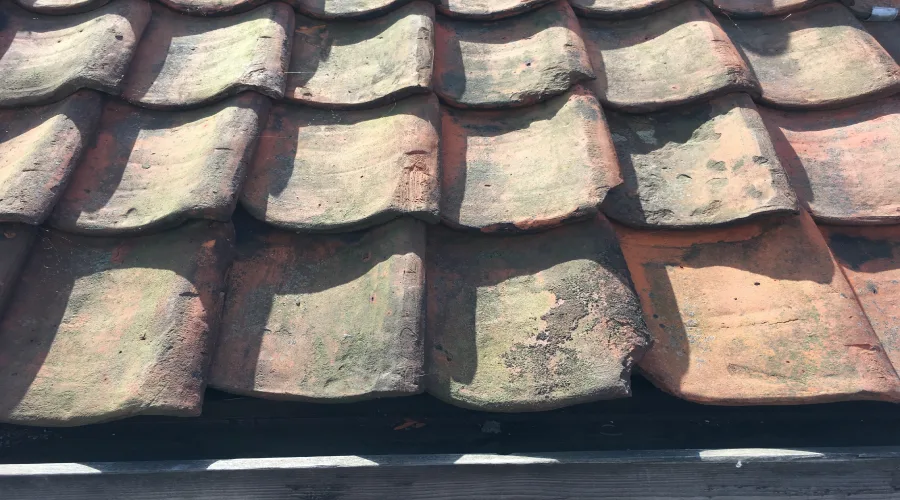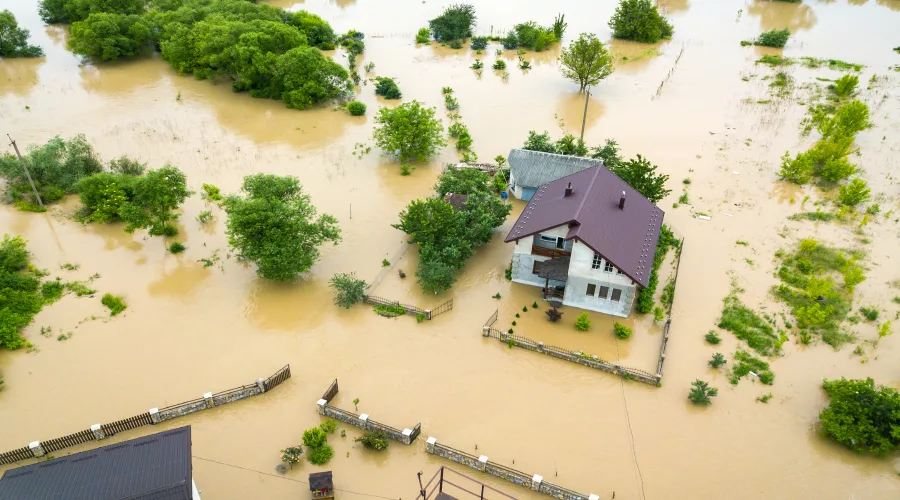No matter whether it's an icy, damp winter or a hot, humid summer, your activities at home may cause humidity inside in addition to the appearance of mold. It can form on clothes, walls books, toys, and even on CDs. It can transform prized objects into moldy remnants that only look good in the trash. However, can it be a health risk? What are the effects of mold on the body of an individual? This article will explain the causes of mold, how it is growing, the effects on the health of a person, and the best way to prevent it.
How Do You Define Mold
Molds are a kind of fungus. There are many kinds and they are found in both outdoor and indoor environments. Molds mostly appear because of the water, and if there is water in your home and home basement so before molds appearance on the wall must take a Basement Flood Cleanup service. The spores produced by molds can be spread by floating in the air. The spores of mold are found everywhere indoors. It is impossible to stop the growth of spores. They can persist in environments in which mold cannot develop.
The growth of molds is possible on a wide variety of surfaces, including fabric wood, paper, and plastic. As they develop they could eat the materials they grow on.
Mold Types
It is not known how many varieties of mold exist however experts believe that there could be as many as 300,000 trusted Sources or more types. Certain kinds are more likely than others to show up within the home.
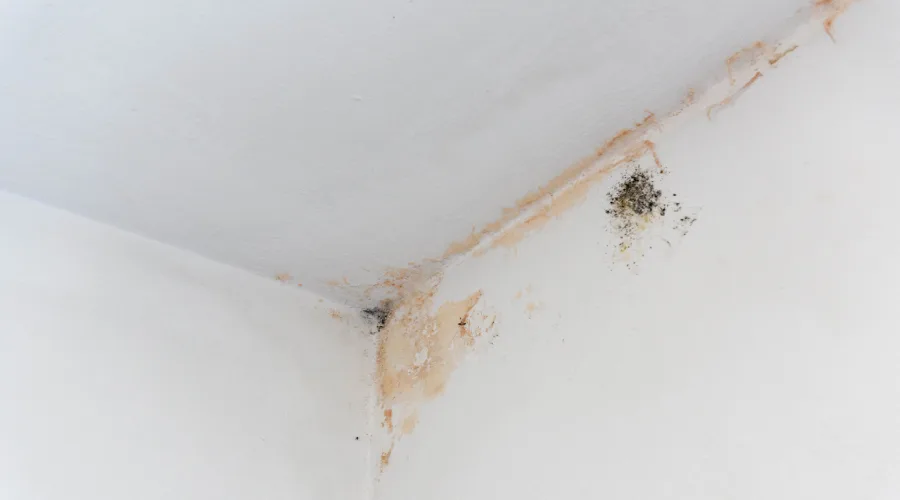
Common Indoor Molds Include:
Alternaria: It can be found in damp areas indoors such as showers, or under sinks that leak.
Aspergillus: This is often found indoors, on dust, powdery food items, as well as construction materials like drywall.
Cladosporium: It can develop in both warm and cool zones. It is most often seen on wood and fabrics.
Penicillium: It is a plant that is a plant that grows on surfaces damaged by water. It is usually blue or green look.
Molds come in a variety of designs and different textures. They could be black, white blue, yellow, or green, and can appear as discoloration or stains on surfaces.
They may also display a soft, fuzzy as well as rough, based on the kind of mold and the area in which it is developing.
How Can Mold Infiltrate A Home
The mold spores are everywhere in both outdoor and indoor environments However, they aren't obvious to the naked eye. and they enter in the home from the wholes so if there is any hole in the home walls, the home roof, and your home roof, the wall could be damaged. Must take the service of Roof Damage Repair in Anchorage. Their team provides the best services.
Spores Can Infiltrate The Home
In the air, they could get into windows through the open vents and doors.
Attaching objects to vehicles: These include footwear, clothing, and even pets.
Mold can only thrive only if the area provides the right conditions for growth that includes humidity and appropriate nutrients. If the surroundings aren't suitable for the spores to thrive, they will not grow or cause any problems.
The most frequent places where mold can be found can include:
- Zones where flooding and leaks have been observed
- Windows where condensation can build up
- Locations where the air is not circulated places where air circulation is not possible, such as behind an unfinished closet

Wet cellulose is the most tolerant of mold growth.
Examples include:
- Paper products, such as wallpaper
- Cardboard
- Ceiling tiles
- Wood products
- Insulation materials
- Upholstery and other textiles
It is often evident and usually produces an unpleasant odor. It could cause damage to household objects as well as be harmful to the health of people.
Health and mold
The presence of mold can be a health risk, especially for those suffering from allergies or respiratory conditions, or a weakened immune system.
Breathing issues
When mold is growing the spores, cells, fragments and other organic compounds are able to enter the air. They can cause allergies as well as irritants and mycotoxins. Certain of them can be poisonous, especially for those with sensitization to them.
In addition, dampness causes substances to break down, increasing the number of particles or dust, found in the air.
The particles could cause irritation to the nose, lungs, and throat, particularly in people who have asthma, breathing problems or chronic lung disease.
Allergies
Anyone who is sensitive or allergic to mold-related particles could react.
Allergies to mold can cause similar symptoms as other allergies, like hay fever or seasonal allergies. Also, in these cases, airborne pollutants can impact the upper respiratory tract.
Some of the symptoms are:
- An obstruction or nasal runny
- An itchy nose
- An itchy throat
- Snorting
- Eyes that are watery
Individuals suffering from an allergy to mold as well as asthma are at an increased chance of suffering asthma attacks the presence of mold their air.
A greater amount of dust could increase the likelihood of getting dust mites. They may also cause an allergic reaction in certain people.
Aspergillosis:
Certain kinds of mold like Aspergillus is a cause of serious health problems, referred to as AspergillosisTrusted Source for some individuals.
A majority of people breathe the spores from this fungus and do not get sick, but those who suffer from a weak immune system or a lung condition can experience an extreme reaction.
There are various types of Trusted Aspergillosis that are a source of infection.
Allergic Aspergillosis bronchopulmonary (ABPA) It affects the lungs and may cause breathing issues.
Aspergillus sinusitis, also known as allergic aspergillus: is a nose-related condition that can result in headaches.
Aspergilloma or ball of fungus: This may cause a cough that can cause blood and also breathing issues.
Chronic pulmonary aspergillosis symptoms include breathing issues along with coughing, as well as weight loss.
Conditions Other Than Html0
The mold can also trigger the production of bacteria and microbes. Inhaling these bacteria can cause an inflammation response in some individuals as per WHO. World Health Organization (WHO).
The WHO is also aware that the presence of mold and the microbial compounds produced by it can increase the risk of developing bronchial or fungal infections.
There is evidence to suggest that it could result in:
- Hypersensitivity pneumonitis
- Bronchitis
- Allergic alveolitis
- Chronic rhinosinusitis
- Allergic fungal sinusitis
- Lower respiratory tract infections in otherwise healthy children
Some evidence-based sources of the WHO as well as the Centers for Disease Control and Prevention (CDC) suggest that individuals have experienced the following symptoms after being in a place that has mold:
- Irritations to the eyes and skin
- Wheezing
- The fever
- Fatigue
- Nausea
- Headache
- Insomnia
- Irritation of the mucous membrane
- Sick-building syndrome
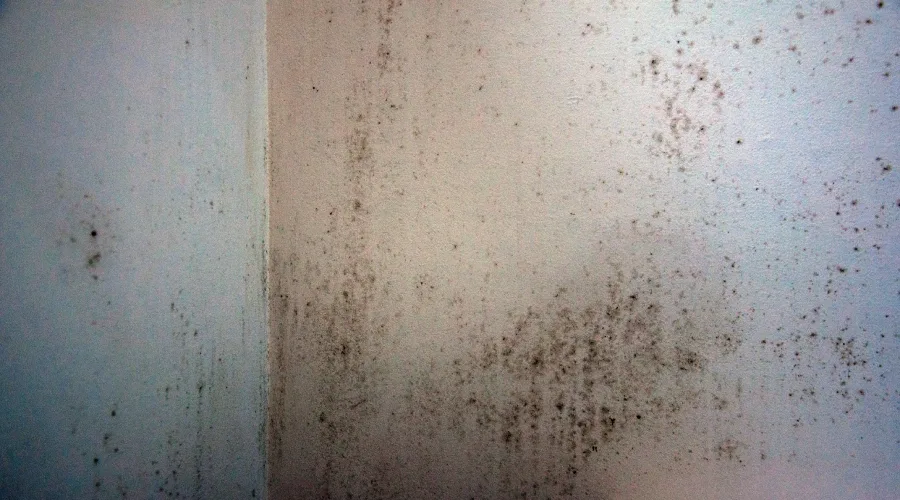
The factors that affect the likelihood of developing health issues from mold include:
- The person's immune system or respiratory health
- How much mold is present
It is possible for mold to trigger bronchitis among certain individuals. What home remedies can be used in treating bronchitis?
The control of moisture is key in preventing mold from forming in the indoor environment. It is also essential to keep your home clean and well-ventilated.
The causes of humidity at home can be attributed to:
- The breath of humans and pets.
- The use of water to wash dishes and cooking
- Humidity in the air, for instance during humid or rainy days.
- Water leaks
- Living in a house that has doors and windows sealed tightly
The Environmental Protection Agency (EPA) suggests that people strive at a humidity of less than 60 60%.
- Reduces humidity
- It is possible to reduce the chance of the buildup of mold and water by:
- Reacting quickly if an incident of spillage or leak occurs
- Using a dehumidifier to decrease the indoor humidity
- Keeping windows open as much as it is possible so that air can circulate
- Using extractor fans to remove moisture during cooking
- Beware of indoor activities that create humidity, like dry clothes, or using heaters made of kerosene
- Making sure that all fabrics are completely dry prior to storing them
- Cleaning and airing seldom used closets and drawers at times
- Regular cleaning to ensure that mold doesn't build up on surfaces, surfaces, or any other material
- Utilizing mold-killing products while cleaning the bathroom
- Avoid installing carpets in bathrooms or basements
- Keeping facilities, buildings drainage, gutters, and other structures to decrease the chance of leaks
It's not always feasible to stop mold from growing however regular cleaning and wiping will lower the chance of it growing or becoming worse.
To Get Rid Of Or Clean Up The Mold:
Clean hard surfaces using an appropriate commercial product such as soap and water or a bleach heavily diluted solution. Make sure to dry the surfaces the following use to stop mold from appearing again.
Wipe or wash the surfaces that are porous and regularly check to determine if mold has resurfaced, because it could penetrate the items. If the mold is still present take a look at disposing of these objects.
Visit your local hardware store for antifungal products and other items to help stop the development of mold.
Hire a professional who deals with huge portions of the mold.
Visit a doctor if suspect that mold is the cause of an illness.
A variety of items that aid in the fight against mold can be purchased on the internet.
This includes:
- Dehumidifiers
- The humidity gauges
- Cleaning and other cleaning products


